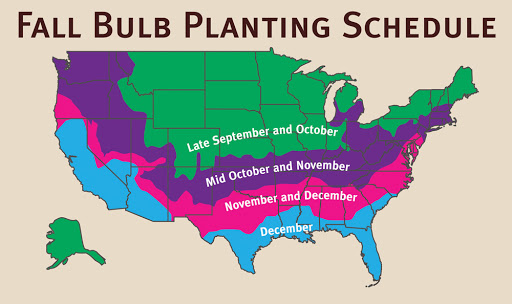Reiman Gardens switched to A.D.R. Bulbs 12 years ago and has never looked back. The bulbs are high quality and the customer service is exceptional. Chris and Philipp are always willing to answer my many questions! We take pride in supporting one of the last remaining bulb farms that grows and exports.
Sarah Rummery
, Reiman Gardens
« Previous Plant | Next Plant »
Tulipa Darwin Hybrid 'Blushing Apeldoorn'
Tulip
Blushing Apeldoorn is a Darwin Hybrid Tulip with large, egg-shaped blooms in rich yellow, accented by a tangerine-orange blush and a thin red margin. Its sturdy stems reach 22 inches, supporting flowers up to 3 inches across. Blooming in mid-spring, it thrives in full sun and well-drained soil, ideal for borders, mass plantings, and cut arrangements.
A sport of Apeldoorn, introduced in 1983.
Recommended Substitutes for Tulipa Darwin Hybrid 'Blushing Apeldoorn'
Tulipa Calculator
When should I plant Tulipa Darwin Hybrid 'Blushing Apeldoorn'?

Growing and Maintenance Tips for Tulipa Darwin Hybrid 'Blushing Apeldoorn'
Planting: Plant in fall when soil temperatures drop below 55°F. Set bulbs 6–8 inches deep with the pointed end up. Darwin Hybrids are ideal for large-scale displays, perennial borders, and cutting gardens due to their impressive size and vigor.
Spacing: Space bulbs 4–6 inches apart. For maximum impact, plant in groups of 10 or more—tall stems and broad flowers are especially striking in mass.
Light: Full sun is essential for strong stems and rich bloom color. While light shade is tolerated, abundant light ensures upright growth and long-lasting flowers.
Soil: Provide well-drained, neutral to slightly acidic soil (pH 6–7). Avoid poorly drained areas—these large bulbs are prone to rot in wet spring conditions.
Watering: Water after planting to settle the soil. In spring, water only during extended dry periods to preserve bloom integrity.
Temperature & Dormancy: Requires 12–16 weeks of cold (below 50°F) for proper root formation and bloom development.
Fertilization: Apply balanced bulb fertilizer when planting and again in early spring as foliage appears. This supports their strong perennial tendencies and bold floral performance.
Pests: Squirrels may dig newly planted bulbs—protect with mulch or mesh. Deer will eat buds and foliage, especially early in spring, so use repellents or fencing in high-pressure areas.
Disease: To prevent Botrytis (Tulip Fire), plant only healthy, firm bulbs in sunny, well-ventilated locations. Avoid overhead watering and promptly remove any infected tissue—do not compost. Rotate planting sites annually and avoid replanting in previously affected areas for three years.







Check back soon for additional details.